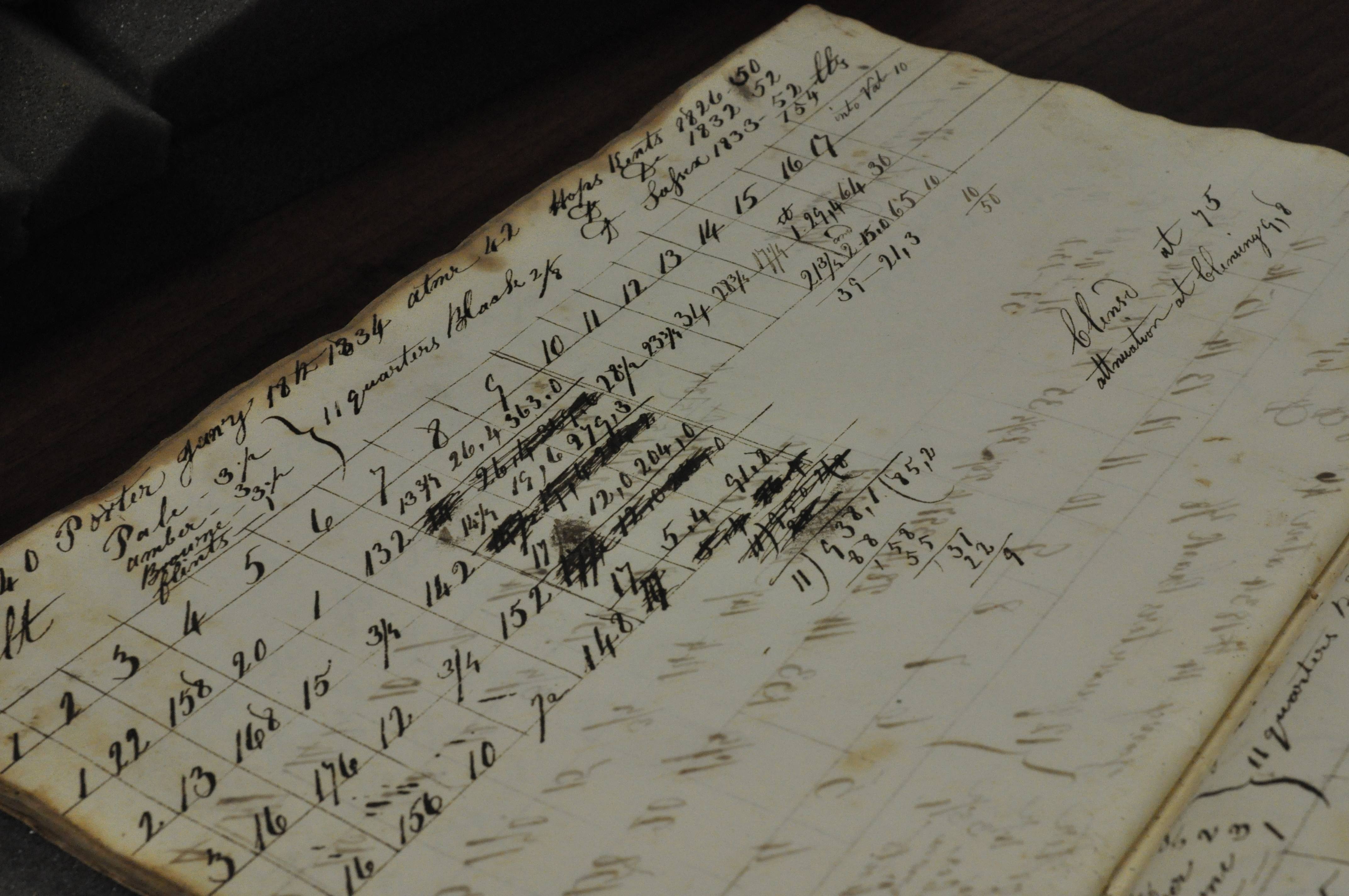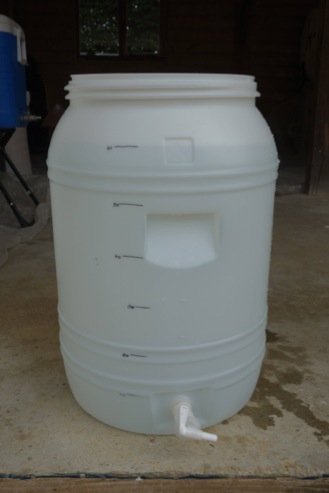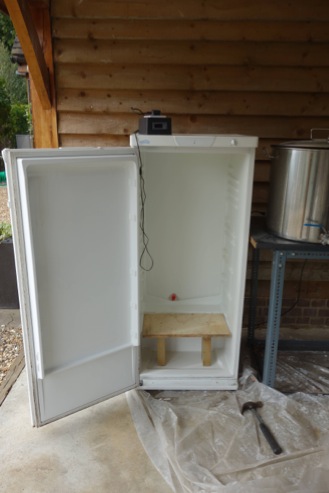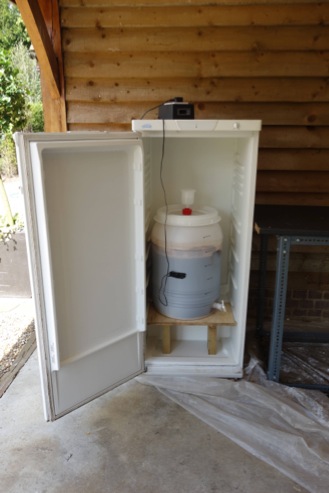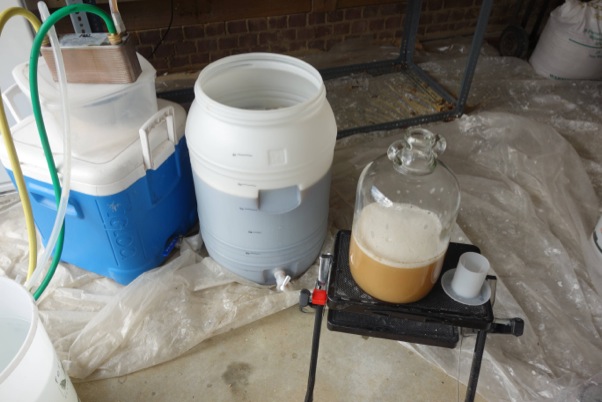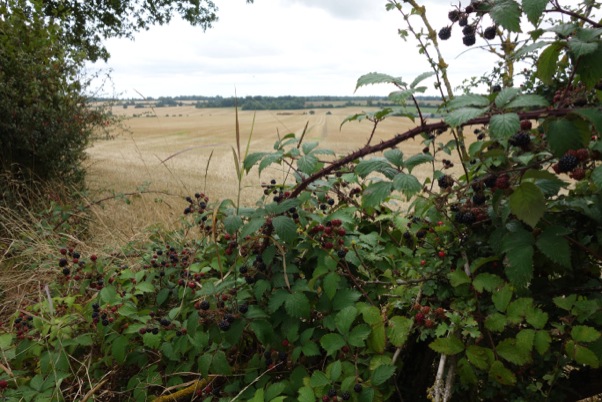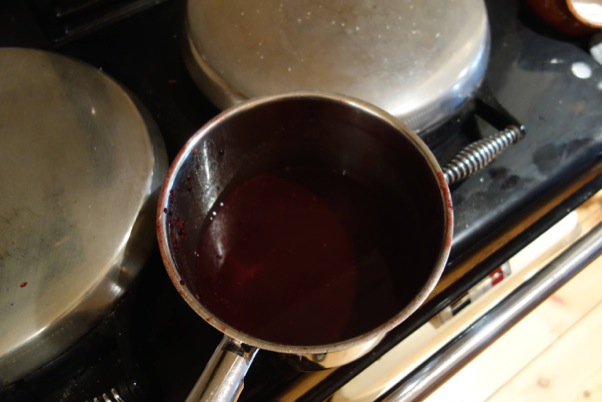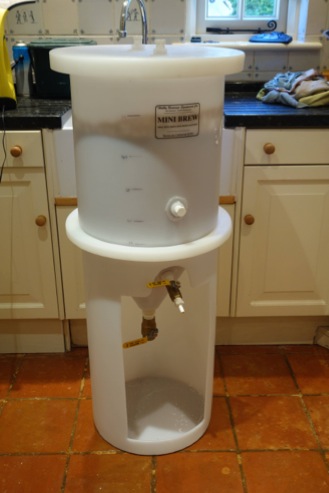Rubus Blackberry Wheat
Actually this cock up ended up working out fairly well. I mean, don’t get me wrong, I was pretty annoyed to lose so much beer, but it’s not exactly a style I’d usually brew often and there were a few tweaks I wanted to make to the recipe. Most significantly to the malt bill. Despite the decent amount of Special B in the grist, it was still pretty pale, and my favourite dubbels (Westmalle, Rochefort 8, Westvleteren 8) are all pretty dark, compared to say a Chimay, which is the same sort of amber colour as my wort. So in went another order to the brewing shop and back came some Carafa Special III to darken things up a bit without adding any roasted character, as well as this time Wyeast Abbey II, which apparently is the Rochefort yeast strain. The good news here was that, unlike the last batch, the yeast wasn’t delivered on the hottest week of the year, which I suspect didn’t exactly do the previous stuff any favours. Also it’s packaging date was only a couple of months ago, whereas the previous lot was getting on for a year old. All in all, I wasn’t exactly thrilled with my supplier over the original incident, and they still keep sending hops with unbelievably low alpha acid contents. But I guess the first issue with the yeast was really my fault for not checking viability and with the hops I imagine home brewing shops are pretty low in the hop supply chain pecking order.
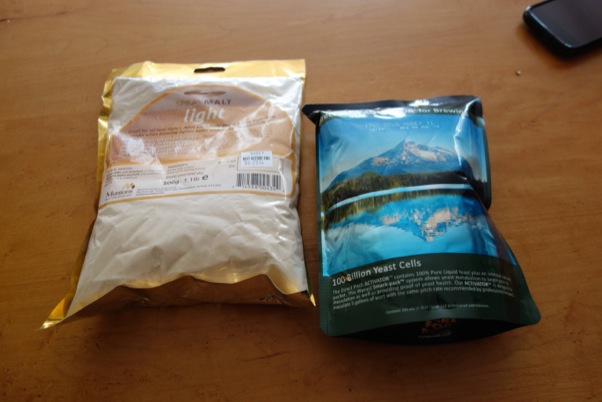
Wyeast smack pack- actually working!
Up came the August bank holiday anyway, and I even had the day off work on the Friday, so I had enough time to make amends with the dubbel and brew another beer on my list, a blackberry wheat beer. I made one of these a few years ago and it was one of the best fruit beers I’ve made, and given that there’s been a bit of a bumper crop of the things this year it seemed a shame not to make use of some free brewing ingredients. More on this later. I also had time to do a bit of DIYing/buying things to patch up a few process issues I’d been having. The first of these was the fact that given my high spoilage rates (although obviously dead yeast wasn’t helping), I decided it was time to alter my wort chilling procedure. So out went the old plate chiller which I didn’t really trust despite cleaning it as thoroughly as possible (caustic, boiling water, oven and there was still crud coming out) and in came an expensive, more efficient version with metal rather than plastic fittings. Sadly my Therminator, excellent as it is, is still in Canada.
Another issue was that despite brewing 50 litre batches I didn’t have the fermenter capacity to handle this batch size in one go, other than in my conical which is miles too big for my fridge. So I took a punt on this:
Which is awesome and didn’t cost much more than a regular 27 litre FV, and seems to be much higher quality. In fact it seems to be made out of the same plastic as my conical and as the King Kegs we sometimes use at work, which have both always seemed a bit heavier duty than the Better Bottle style PET fermenters. It did however necessitate new shelving in my fridge to take its pretty hefty weight when full. So out came the saw and some plywood and a bodge was performed, which actually works quite well and looks a bit neater than the fridge’s old wire shelves.
As the dubbel brew was pretty much the same as the last time I made it I won’t bother telling the same story twice. Again I made a couple of tweaks to the recipe- a little bit of Carafa Special but otherwise the same malt grist of Maris Otter, Carared, Caramalt and Special B, and this time I got rid of the unrefined sugar from the previous batch and doubled the dark candi sugar addition to 1kg in a 50 litre batch. I hopped again with Challenger only, but because the batch of hops I got this time randomly had 2% less alpha acid than the pack I bought 2 weeks ago there was less of a flame out addition. To be honest though, I mainly put that in the recipe to use up the excess boil hops. Although I think some of the abbey brewers do make a late noble hope addition, it wasn’t a character I particularly wanted. I’ve learnt my lesson at any rate about writing about beers that haven’t started fermenting yet; this one’s currently down to 1.015 from 1.060 after a week so I’ll get it cooling pretty soon for a conditioning period, but it’s shaping up exactly as I’d hoped. I little bit of ethanol characteristic, as per the stronger Rochefort beers, and unsurprising given that it’s already at 5.8%, but also really nicely complex dark fruit and spicy notes. Again, I think I learnt my lesson about starters here, as my 2 litre starter seemed to really get it off to a quick start.
Talking about yeast, I’d noticed at work that Fermentis include a rehydrating procedure on their 1kg bags of dried yeast, but don’t bother on their 7g homebrew sachets. I don’t know if this is because the packet is too small to include the information or if it’s because of the increased sanitation risk, but I decided to give it a bash with the blackberry wheat, which I fermented with WB-06. My procedure was mixing 14g WB-06 with 100ml of pitching temp. water and leaving for a couple of hours, agitating every half an hour. To be honest, if I were making a straight hefeweizen I would probably go to the trouble of using a Wyeast/Whitelabs culture from one of the many available to give a little more character. As I was fruiting the beer I wasn’t too bothered about this, as the fruit character should I think be stronger than the yeast character anyway and makes spending a lot on an interesting strain a bit of a waste. In fact it’s obviously popular in the American Wheat style to ferment with a yeast like the California Ale strain, which I guess I could have done, but I wanted a bit of the isoamyl acetate/banana character of a German yeast.
Along these lines I didn’t really do anything too fancy with the recipe for the base wheat beer, which contained 40% wheat malt- in my experience about as much as I can get away with without encountering run-off difficulties when doing a single infusion mash. The bulk of the rest was Maris Otter (pilsner would be more traditional, as MO can end up pretty dextrinous and sweet), with a little bit of Munich thrown in to give a bit of biscuity/malty character. Here Russ, my boss at XT, must be rubbing off on me, as he uses a lot of Vienna and Munich, and I think they add a bit of subtle complexity without the caramel taste and colour of crystal malts. Other than that anyway I tried to adhere to the idea that the best recipes are the simplest and resist the urge to chuck too much stuff in. Hopping was with Boadicea, again not all that traditional, and again if I were making a straight hefe I might think of a late Saaz or Hallertau addition for a bit of spiciness to complement the yeast’s clove character.
Given that I wanted to make a beer with pretty much as bold a fruit flavour as possible (I don’t buy into the ‘taste the beer, then the fruit’ mantra when making a beer with a variety of fruit actually in the name of the beer) it was finding the fruit and then using it effectively that was the most important aspect of this brew. These things I think I did semi-OK on. In the end I didn’t manage to gather as many blackberries as I would have liked- I found about 2kg of good quality fruit, but this was into 47 litres of beer, and in the past I’ve used a similar amount in a 25 litre batch. Even this amount of fruit took about 3 hours to gather though and I found the harvest near where I live to be not as great as it has been in previous years.
The other consideration to make when making fruit beer is how to use whatever fruit you do have. Here there’s a bit of a compromise to make between maximising the fruit’s flavour impact and minimising the introduction of wild yeasts and microbes. The later you can add the fruit to the point of dispense the better as far as flavour is concerned, but many brewers will be more comfortable adding fruit to the boil or boiling it separately in order to kill anything living on it. Here almost every brewer probably has their own technique depending on their circumstance, but I tend to think that when I’m homebrewing I’d rather run the risk of a little weirdness and add the fruit late, especially as I’ll drink it quickly if it turns out well.
A bit of an exception to this is adding unpasteurised fruit at the same time as pitching yeast. In the past I’ve always waited for the wort to build up some ethanol and effectively added fruit as a dry hop once it’s undergone primary fermentation. As a bit of an experiment on this occasion though I decided to juice about 500 grams of blackberries, heat the juice to near boiling and then add that to the unfermented wort. I thought that this might add some purple colouring and aroma, but to be honest I didn’t manage to extract that much liquid and it made both very little difference and a lot of mess, so I probably won’t bother in the future.
What I have found when adding berries into conditioning beer is that it seems to help colour and flavour transfer to freeze the fruit first. I’ve read that the expanding water content breaks cell walls within the fruit. Whatever the reason, it seems to shorten the length of the required conditioning time. It also seems logical that this would firstly kill anything living on the fruit after washing (which I still always do), and secondly dispatch the majority of wild yeast and bacteria through the same process of cell wall rupture. I know this is an issue for the storage of brewers’ yeast- this is the reason for rapid cooling by liquid nitrogen submersion, and even this leaves relatively few cells alive. So I think my freezer gives a little bit of contamination protection. Which is probably more than can be said for having to open up the fermenter and chuck stuff in the top, and obviously the necessary sampling throughout the process. Patience, not my strongest suit.
This is of course one of the advantages of brewing wheat beers- that you don’t have to bother waiting for them to settle, and I’m hoping on racking a pin (20 litres) of Rubus to take to the XT beer club at the end of this week. I was planning on taking the dubbel, but that may have to wait for next time, and I really think that one will benefit from some ageing anyway so it’s all worked out quite well. I had been planning on talking about Belgian beers at that event but have been guided onto the topic of hops, which will be a bit more topical as on that day we’re brewing a fresh hop beer with some of this year’s Kentish harvest. This is something I’ve never even done on a homebrew scale so on an 18BBL kit things should be... interesting. I’ll try and remember my camera!
